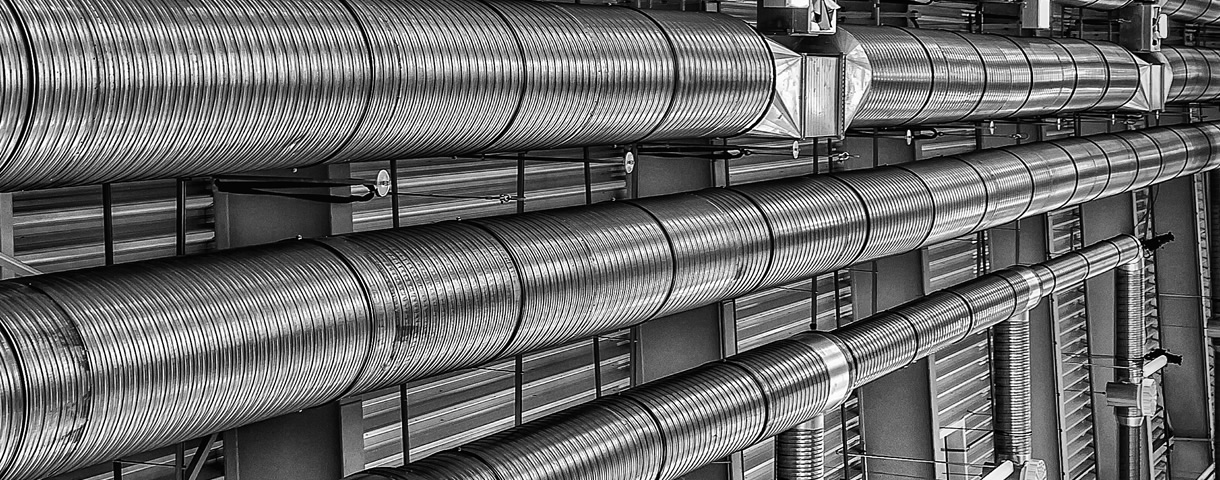


The Advanced Heavy Water Reactor (AHWR) is designed and developed to demonstrate Advanced Safety features and utilization of thorium for the generation of commercial nuclear power. AHWR is a 300 MWe, vertical pressure tube type, boiling light water cooled and heavy water moderated reactor. It incorporates several passive safety features and inherent safety characteristics including many First Of A Kind (FOAK) systems. Additionally, AHWR will produce desalinated water utilising process steam and waste heat.
Thorium Utilisation
India has large thorium deposits, but limited uranium reserves which makes utilisation of thorium for nuclear power generation essential to achieve long term sustainability and energy security of India. As part of three stage nuclear power programme of India, AHWR will act as a gateway for demonstration of technologies for large scale utilisation of thorium for commercial nuclear power generation. It will help in initiating technologies on all aspects of thorium fuel cycle.
AHWR Fuel
AHWR utilises (Th, 233U)MOX and (Th, Pu)MOX as fuel and is self sustaining in 233U. The core consists of total 513 lattice locations arranged in square pitch of 225 mm. There are 452 coolant channel assemblies, 8 absorber rods, 8 regulating rods, 8 shim rods and 37 shut off rods in the core. The fuel cluster is having twenty-four (Th, 233U)MOX pins in the outer ring and thirty (Th, Pu)MOX pins in the inner and middle rings along with a displacer rod at the centre. Figure 2 gives the detail of fuel cluster of AHWR.
Brief description of AHWR reactor systems
AHWR is a 300 MWe, vertical pressure tube type, boiling light water cooled and heavy water moderated nuclear reactor. The main heat transport system removes heat from the core in natural circulation in passive mode during normal operation, shut down and accidental conditions. In case of loss of coolant accident (LOCA), the emergency core cooling system (ECCS) actuates in passive means and injects water directly inside coolant channels and on fuel pins. The Reactor Protection System comprises two independent fast acting shutdown systems. Shutdown System–1 (SDS–1) is based on mechanical shut-off rods and Shutdown System–2 (SDS–2) is based on a liquid poison injection into the moderator. The reactor has many passive safety systems which are discussed in next section.
Main design features of AHWR
Reactor thermal output |
920 MWth |
Power plant output, gross |
304 MWe |
Primary Coolant |
Boiling light water |
Moderator |
Heavy water |
Fuel material |
(Th, 233U)MOX and (Th, Pu)MOX |
Number of fuel assemblies |
452 Nos at pitch of 225 mm |
Coolant Channel (Vertical pressure tube design) |
PT: Zr-2.5%Nb-20% cold worked |
Average discharge burn-up of fuel |
38000 MWd/T |
Active core height |
3.5 m (Calandria - ID 6900 x 5000 ht) |
Reactor operating pressure |
70 bar |
Core coolant inlet temperature |
532.5 K (259.5 °C) |
Core coolant outlet temperature |
558 K (285 °C) |
Average exit quality |
19 % |
Non-electric application |
Desalination - 2650 m3/day |
Design Life |
100 years |
Safety philosophy of AHWR
The broader safety objectives of AHWR are reducing Core Damage Frequency (CDF) and Large Early Release Frequency (LERF) to an insignificant level. The design also has enhanced robustness to malevolent acts. The reactor is designed to provide at least 7 days of grace period during postulated accident events. AHWR incorporates many passive safety systems and inherent safety characteristics to achieve enhanced safety as described below.
Inherent safety characteristics of AHWR:
Many test facilities have been established in various Divisions and Groups of BARC, wherein, extensive experiments have been conducted to conclusively validate the design and safety aspects of AHWR.